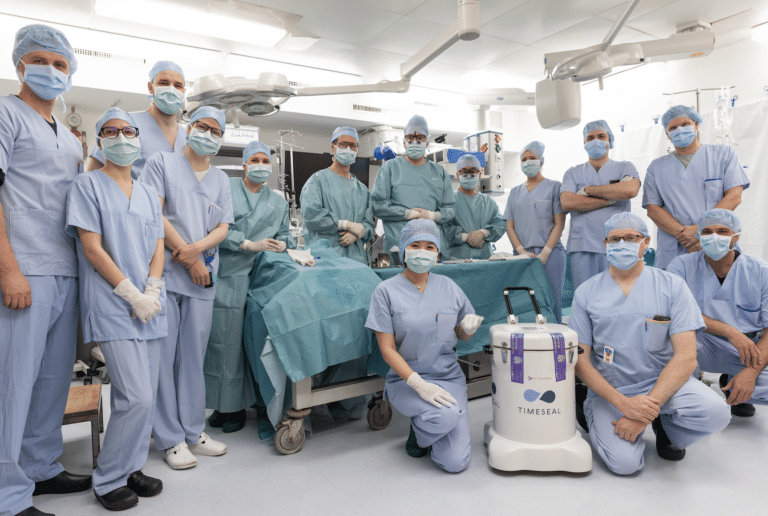In the past few years, specifically through the COVID-19 pandemic, supply-chain vulnerabilities have become the topic of everyday conversation across all industries— not just among manufacturing CEOs but also everyone from consumers who had to wait months for a new washing machine to healthcare providers unable to keep certain drugs in stock. The pandemic and its global economic disruption made us all more aware of the magic of resilient logistics — and the sometimes stark consequences when they fail.
Arguably, no industry is more dependent on an effective supply chain than regenerative medicine. According to the Alliance for Regenerative Medicine, there are currently almost 1,000 unique products in the pipeline, about 15% of which are in Phase III clinical trials; this is expected to triple in the next 3 years. To keep up with the demand, we need to shorten the timeline between discovery and clinical implementation, which is no easy feat. The speed at which these therapies are developing and the corresponding cycle time for manufacture raises a host of supply chain struggles, beginning with the need to acquire stable and high-quality raw materials. Companies also face labor challenges and the need for temperature-controlled distribution to ensure that final products are delivered in a safe and efficacious condition. But despite the tremendous potential and innovation inherent in these therapies, they larhttps://docsend.com/view/teifzv8ek4vecz7zgely still rely on cryopreservation techniques that are decades old.






